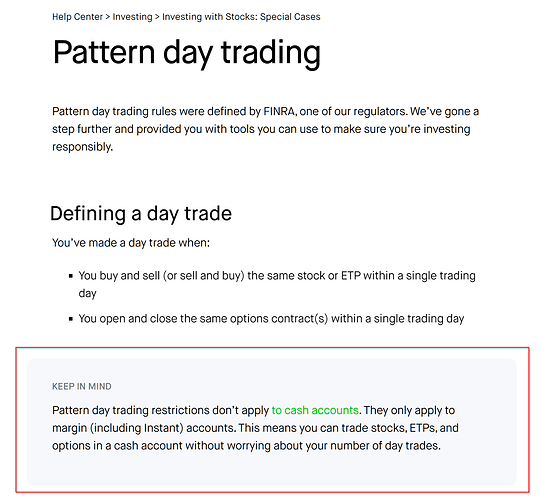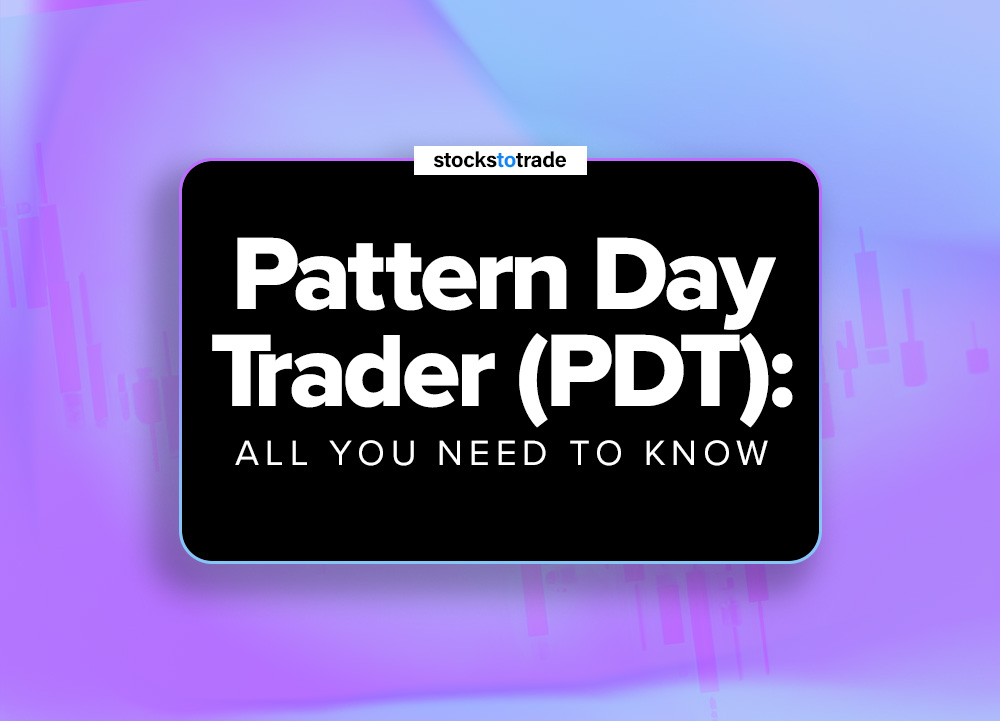Did you know that if you make four or more day trades in a five-day period, you might qualify as a "pattern day trader" and face some serious restrictions? In this article, we delve into the intricacies of the Pattern Day Trader (PDT) rule and its significant impact on trading frequency. You’ll learn how the PDT rule limits day trading, its importance for day traders, and its effects on small traders. We’ll also explore how many day trades you can execute, the implications of violating the rule, and ways to avoid its restrictions. Plus, discover whether the PDT rule applies to all brokerage accounts and how it influences trading strategies and costs. Understanding these key points can help you navigate the trading landscape more effectively, ensuring you’re well-informed and ready to make strategic decisions with DayTradingBusiness.
How does the PDT rule limit day trading?
The PDT rule limits day trading by requiring traders with less than $25,000 in their account to only execute three day trades within five business days. If they exceed this, their account gets restricted for 90 days, forcing them to pause or fund the account above $25,000. It effectively caps how often they can buy and sell securities in a short period, preventing frequent day trading without sufficient capital.
What is the PDT rule in stock trading?
The PDT (Pattern Day Trader) rule limits traders with less than $25,000 in their account to making no more than three day trades within five business days. If you hit that limit, you're restricted from executing additional day trades until your account balance exceeds $25,000 or you wait five days without trading. This rule forces frequent traders to either maintain a higher account balance or adjust their trading frequency.
How does the PDT rule impact small traders?
The PDT rule limits small traders to three day trades within five days, which reduces their trading frequency and forces them to hold positions longer. It can lead to missed quick gains and encourages less active trading. Traders often need larger accounts or to switch to longer-term strategies to avoid restrictions. This rule restricts impulsive trades and can slow down aggressive trading tactics.
Why is the PDT rule important for day traders?
The PDT rule limits day traders to only three day trades within five business days unless they maintain a $25,000 account balance. It prevents excessive trading, forcing traders to choose their trades carefully and avoid overtrading. This rule influences trading frequency by restricting how often traders can execute day trades, encouraging more strategic, less impulsive moves. Without it, traders might risk overtrading, increasing losses and market volatility.
How many day trades can I make under the PDT rule?
Under the PDT rule, you can make up to three day trades within five business days if your account has less than $25,000.
Does the PDT rule apply to all brokerage accounts?
No, the PDT rule applies only to margin accounts with less than $25,000 in equity. Cash accounts and accounts with over $25,000 are exempt.
How can I avoid the PDT rule restrictions?
To avoid PDT rule restrictions, open a margin account at a broker that offers a cash account option, or maintain a minimum of $25,000 in your trading account to qualify as a pattern day trader. Alternatively, limit your day trades to three or fewer within five business days if you’re under the PDT threshold. Using multiple accounts or trading on different platforms doesn't bypass the rule, so sticking to these limits is best.
What happens if I violate the PDT rule?

If you violate the PDT rule by executing four or more day trades in five business days without enough account equity, your trading account gets restricted. You’ll be placed on a 90-day trading suspension, limiting you to only closing positions and not opening new ones until the restriction lifts. This prevents high-frequency trading that exceeds the pattern day trader threshold.
Can I trade more frequently with a cash account?
No, with a cash account, you can trade as often as your funds allow since there's no pattern day trader (PDT) rule restricting your activity.
How does the PDT rule affect trading strategies?
The PDT rule limits traders with less than $25,000 in their account to three day trades within five days, reducing frequent trading opportunities. It forces traders to hold positions longer or avoid rapid buying and selling, impacting strategies that rely on quick trades or scalp trading. This rule encourages longer-term positions and can slow down aggressive, high-frequency trading approaches.
Learn about How Do Prop Firms Affect Day Trading Strategies?
Is the PDT rule more restrictive for beginners?

Yes, the PDT rule is more restrictive for beginners because it limits them to three day trades within five business days unless they maintain $25,000 in account equity. This restriction can prevent new traders from executing frequent trades, making it harder to develop quick strategies or test multiple ideas.
How do pattern day traders work around the PDT rule?
Pattern day traders work around the PDT rule by using multiple brokerage accounts, trading in accounts not subject to PDT restrictions, or trading with cash accounts instead of margin accounts. Some also trade in foreign markets or wait 90 days to reset their pattern day trader status.
Learn about How to Plan Your Day Trading Strategy Around the PDT Rule?
What are the benefits of the PDT rule?
The PDT rule limits traders to three day trades within five business days unless they maintain $25,000 in their account. This restriction prevents excessive trading, encouraging traders to develop longer-term strategies. It reduces impulsive, high-frequency trades that can lead to significant losses. By enforcing these limits, traders focus on quality over quantity, promoting disciplined trading habits. Overall, the PDT rule safeguards smaller accounts from rapid, risky trading cycles.
How does the PDT rule influence trading costs?
The PDT rule limits traders with less than $25,000 to three day trades within five business days, which reduces their trading frequency. This restriction forces smaller traders to hold positions longer, potentially increasing holding costs like overnight fees or missed quick gains. It also discourages frequent, low-margin trades, indirectly raising overall trading costs for small accounts.
Can I bypass the PDT rule with a different account type?

No, switching account types won't bypass the Pattern Day Trader (PDT) rule. The PDT rule applies to any margin account with less than $25,000 in equity that executes four or more day trades within five business days. Only accounts with cash funds or accounts above the $25,000 threshold are exempt.
How does the PDT rule differ across brokerages?
The PDT rule, which limits traders with less than $25,000 to three day trades in five business days, varies by brokerage. Some brokers enforce the strict three-day trade limit, while others may impose stricter or more lenient policies, like blocking day trades entirely if account equity drops below $25,000. Certain brokerages offer margin accounts that temporarily lift the PDT restrictions, but only if you maintain the required minimum equity. Overall, the core rule stays the same, but enforcement and account options differ, impacting how often you can trade within a five-day window.
Learn about How do compliance rules differ across brokerages?
Conclusion about How Does the PDT Rule Affect Trading Frequency?
Understanding the PDT rule is crucial for anyone looking to navigate the complexities of day trading effectively. It imposes specific restrictions that can limit trading frequency, especially for small traders and beginners. However, by exploring account options and strategic planning, traders can find ways to work within or around these limitations. For deeper insights and tailored strategies that align with your trading goals, consider the resources and support offered by DayTradingBusiness.
Sources:
- Day Traders, Noise, and Cost of Immediacy
- NBER WORKING PAPER SERIES FIVE FACTS ABOUT BELIEFS ...
- NBER WORKING PAPER SERIES FIVE FACTS ABOUT BELIEFS ...
- Are commuter train timetables consistent with passengers ...
- Monetary-Based Asset Pricing: A Mixed-Frequency Structural ...
- Monetary-Based Asset Pricing: A Mixed-Frequency Structural ...